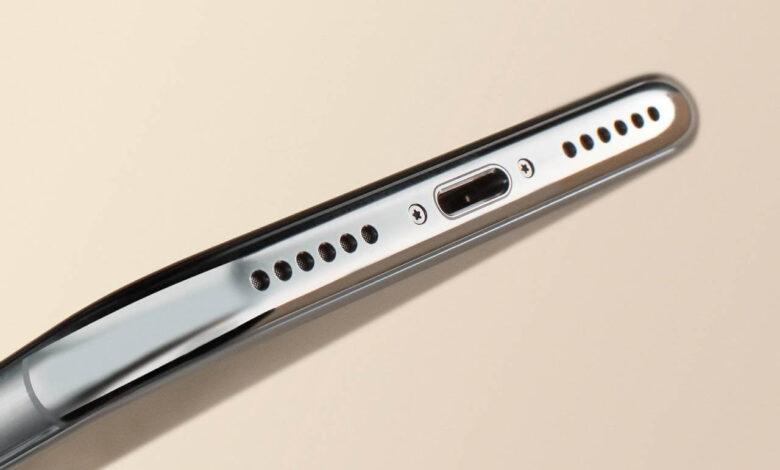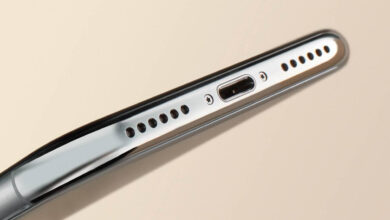How Does a Phone Speaker Work: Unveiling the Audio Magic in Your Handset

Phone speakers might seem tiny, but the sound they produce is clear, loud, and sometimes even rich enough to enjoy music without headphones. Ever wondered how your phone can play your favorite tunes, ringtone, or the voice on the other end of a call? It all comes down to a compact but ingenious configuration of parts working together inside your phone.
At the heart of your phone’s ability to make noise is the speaker system, which relies on a few key components to convert an electrical audio signal into the sound waves you hear. The speaker driver plays a crucial role in this process—it’s composed of a coil that interacts with a magnet to create vibrations. These vibrations are what produce the audible sound waves.
Your phone’s speaker system also includes a diaphragm, which vibrates to produce sound waves. This diaphragm is typically a thin, cone-shaped part made of a material like plastic or metal, and it moves in sync with the voice coil. An amplifier within the phone increases the audio signal’s power, ensuring that the sound is loud enough for you to hear. No larger than a dime, this setup in your phone is strikingly capable despite its small size.
Basic Speaker Components
Your phone speaker might be small, but it’s packed with essential components that work in unison to produce sound. Learn how each part plays a crucial role in this miniature sound machine.
Diaphragm
The diaphragm is the part of your speaker that actually moves air to create sound. It’s a thin, cone-shaped membrane, often made of plastic or lightweight metal. When it vibrates, you hear sound as the air pressure changes.
Voice Coil
Attached to the diaphragm is the voice coil. This is a coil of wire that moves back and forth when an electric current passes through it. It’s this movement that then drives your diaphragm to pump out sound waves.
Permanent Magnet
Lastly, the permanent magnet in your speaker interacts with the voice coil, creating a magnetic field. When the voice coil is powered by the audio signal, this magnetic field causes it to move according to the changes in current, thus driving the diaphragm.
Electromagnetism in Speakers
Electromagnetism is integral to your phone speaker’s function, transforming electric signals into the sounds you hear.
Generating Sound Waves
Your phone speaker generates sound waves by rapid back-and-forth movements of a component called the diaphragm. When electric audio signals enter the speaker, they’re converted into mechanical vibrations that produce audible sound waves.
Magnetic Field Interaction
Components:
- Permanent Magnet: Provides a consistent magnetic field.
- Electromagnet (Voice Coil): Interacts with the permanent magnet.
As current flows through the voice coil, it creates an electromagnet with a magnetic field that interacts with the field of the permanent magnet. This interaction is precisely controlled by audio signals to produce sound.
Electric Current and Coil Movement
- Electric Current: Flows through the voice coil.
- Resulting Coil Movement: Leads to diaphragm displacement.
As the electric current through the coil varies with the audio signal, the magnetic fields push and pull the coil, moving your speaker cone—the diaphragm—to generate sound waves that match the original signal.
Digital Signal Processing
In your phone, digital signal processing (DSP) is a crucial step that ensures you hear crisp and clear audio. Through a mix of specialized operations, DSP takes raw audio signals and optimizes them for playback on your phone’s speaker.
Analog to Digital Conversion
Firstly, your phone needs to convert real-world sounds, which are analog, into digital form. This process is called Analog to Digital Conversion. Your phone’s microphone captures sound waves and translates them into a digital signal, consisting of ones and zeros, that it can manipulate and store.
Digital Amplification
After the conversion, the digital signal often needs a boost in volume to be audible through your phone’s speaker. This amplification is done digitally, providing a controlled way to increase the signal strength without distortion that can be common with analog amplification.
Sound Modulation
Lastly, Sound Modulation involves adjusting and refining the digital audio signal to improve its quality. Your phone can apply various filters and effects, such as noise reduction or equalization, to make the sound from the speaker clear, balanced, and pleasant to the ear. This step can involve complex algorithms that enhance the output in real-time before it reaches your ears.
Speaker Design and Integration
In the realm of phone speakers, the design and integration are crucial in dictating the quality and effectiveness of sound reproduction. Getting these elements right ensures you experience clear and crisp audio from your device.
Acoustic Enclosures
Your phone’s speaker design includes an acoustic enclosure, which serves to enhance sound by containing the air moved by the driver. This enclosure helps manage sound waves to reduce distortion and maintain audio clarity. Typically, manufacturers use specific materials and shapes to optimize the sound.
Speaker Placement
Speaker placement is strategic within a phone’s design. Speakers can be placed on the front, bottom, or back of your phone, with each position affecting the sound you hear. Front-facing speakers often provide the most direct sound path towards your ears, while bottom or back placements might rely more on reflecting surfaces to direct the sound.
Size Considerations
Given the compact size of phones, size considerations for speakers are critical. Smaller speakers can fit into the thin design of modern phones but may face limitations in sound quality compared to larger ones. Engineers meticulously balance size constraints with the need for clear and loud audio, often using advanced materials and innovative designs to maximize performance within limited spaces.
Sound Quality Factors
When you’re listening to music or a podcast on your phone, several factors contribute to the sound quality you experience. Let’s explore these elements to understand what affects your listening experience.
Frequency Response
Frequency response represents the range of frequencies a speaker can reproduce. It’s measured in Hertz (Hz) and typically, a phone speaker should cover a range from 20Hz to 20,000Hz, which is the audible range for human ears. A wider frequency response means a richer and more accurate representation of sound.
Distortion
Distortion occurs when the output audio does not accurately represent the input signal. In simple terms, it’s the unwanted alteration of the original sound. Low levels of distortion are essential for maintaining sound clarity, especially at higher volumes. You want your speaker to deliver crisp and clean audio, free from any crackling or fuzziness.
Volume Levels
Volume levels, measured in decibels (dB), indicate how loud your speakers can go. While louder isn’t always better, having the option to increase volume without compromising quality is important. The speaker’s design and power output in watts (W) can determine the maximum volume level. Just remember, extremely high volumes can damage the speakers and your hearing.
